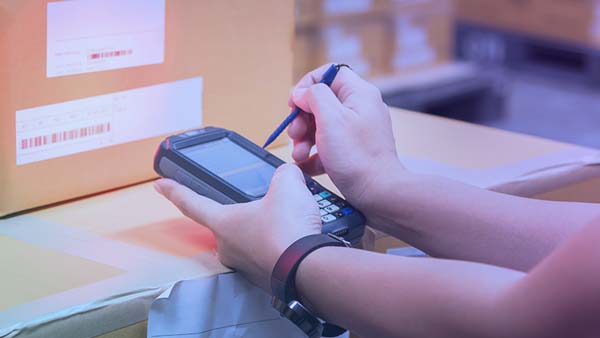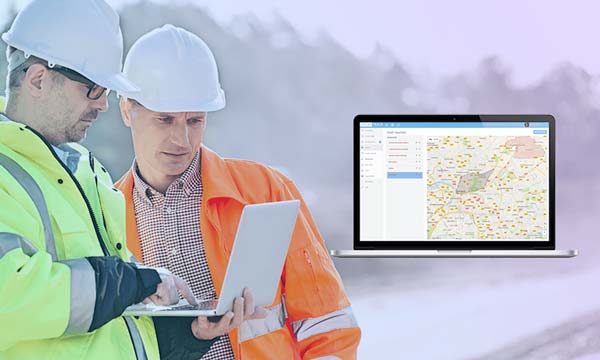In today’s complex economy, leaders must demand more from their supply chains. Smart logistics tracking improves efficiency, maximizes profits and creates a leaner, more agile global economy.
Ask any top executive what keeps him up at night. Chances are, his late-night worries have something to do with the supply chain. And it’s no surprise why. The flow of goods along global transportation routes is so interconnected, and so complex, that a single misrouted crate can turn into a string of delays, lost productivity and damaged client relationships.
Today’s global leaders must demand more from the supply chains that power their companies. They must work to ensure that logistics networks remain agile, efficient, and ultimately profitable.
But despite this imperative, the logistics and transportation industry has essentially relied on the same tracking technology for the past seventy years. Until now. New advances in IoT technology are transforming the way we visualize the movement of mobile goods. IoT-powered smart logistics solutions have the ability to create a leaner, more effective supply chain. And global brands have begun to take notice.
WHY RFID TECHNOLOGY FALLS SHORT
Since the 1940’s, the logistics and transportation industry has relied on RFID technology, in one form or another, to track the movement of goods. If you are unfamiliar with this technology, RFID tags are barcodes attached to trucks, crates, wagons and machine components. The idea is that at each stop along the transportation route — be it port, warehouse or factory — an asset’s RFID tag is scanned into a tracking system. This creates a record of when that asset arrives, and leaves, every destination.

Although RFID tags are a useful tool, they fall short in several important ways:
- Limited information: RFID tags tell us when an asset arrives and leaves a location, but they don’t tell us anything about the many miles it travels in between locations. And yet, it is on the world’s highways, waterways and skies that most delays and missteps happen.
- Infrastructure requirements: RFID only works if each warehouse and factory has the technology to scan tags into the larger system. But not all locations are equipped with RFID scanners. Factories and assembly plants in developing nations often can’t afford to build out this infrastructure.
- Human error: Each RFID tag must be scanned by hand when it arrives at a location. This leaves a lot of room for human error.
SMART LOGISTICS SOLUTIONS INCREASE SUPPLY CHAIN VISIBILITY AND REDUCE DELAY COSTS FOR GLOBAL BRANDS
So what exactly is smart logistics, and how can it improve the bottom line for global brands? Smart logistics employs small, battery-powered tracking devices that collect real-time information about the exact location of mobile goods at any point along the supply chain. The information collected by the devices is then transmitted through Sigfox’s global IoT network and aggregated into a secure app platform.
These devices are plug-and-play, so they do not require companies to build out new infrastructure, or spend time with complex configurations. And they are automated, which eliminates the possibility of human error.

Logistics managers now have have the ability to pinpoint any asset, at any time, on a global scale. This is achieved both through a “control tower” dashboard and through customized alerts. If a truck carrying components gets stuck in traffic, the app platform issues an alert and provides a new estimated arrival time. Likewise, an alert is issued if that truck travels away from a pre-determined route. Companies now have up-to-the-minute information, as well as a complete audit trail of their entire logistics network.
